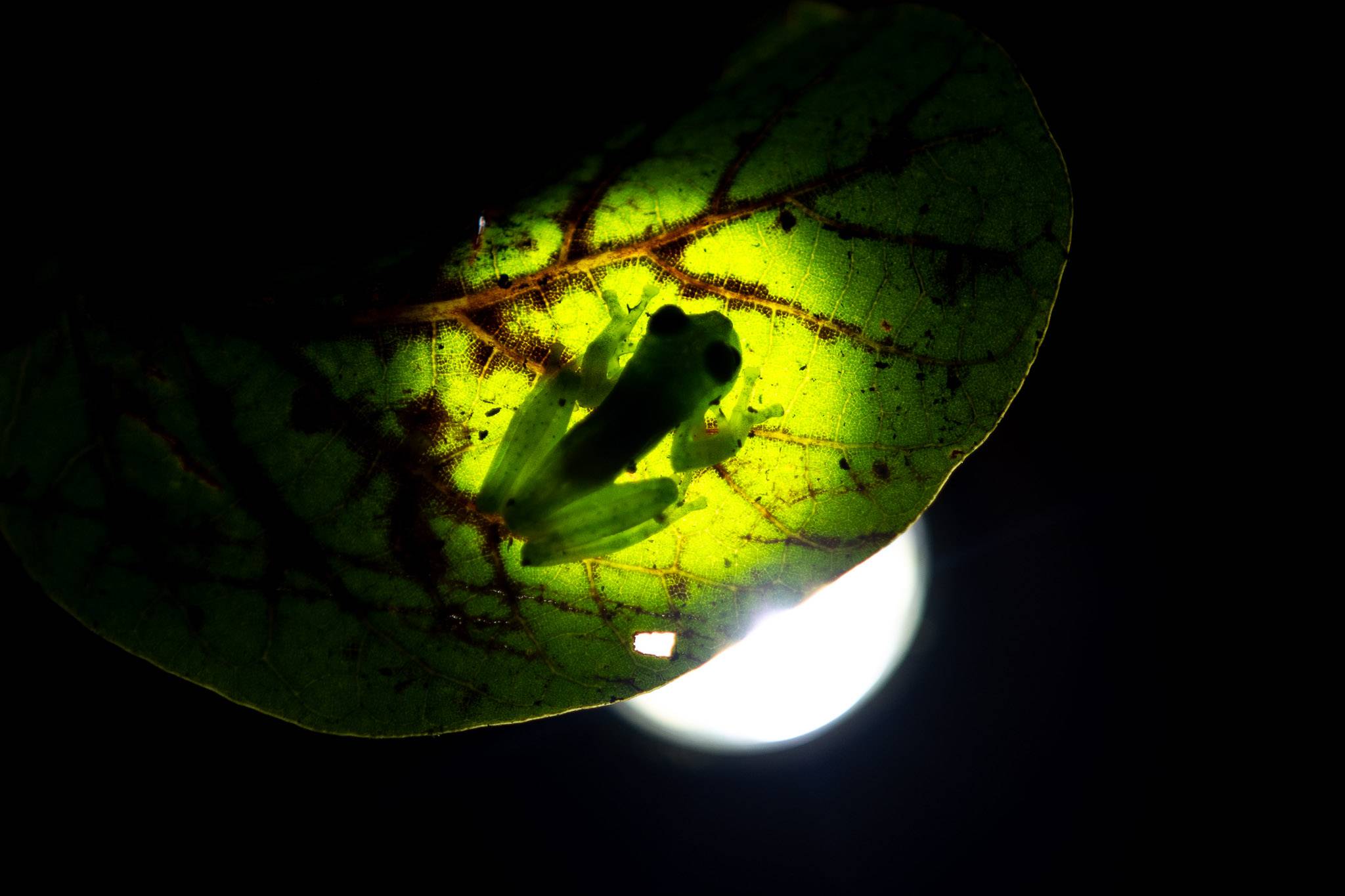Costa Rica Travel Guide
Quick Facts
 Currency Currency | Costa Rican colón (₡) |
 Exchange Rate Exchange Rate | US$1 = ₡499.47 |
 Language Language | Spanish |
 English Fluency English Fluency | Moderate |
 Capital Capital | San José |
 Population Population | 5 million |
 Driving Side Driving Side | right |
 Plugs Plugs | A, B |
 Time Time | Central Standard Time (UTC-06:00) |
 Must-Try Must-Try | Gallo Pinto, Casado, Ceviche, Olla de Carne, Sopa Negra |
Backpacker Budget: US$43 (₡ 21,477)
| Hostel Dorm | US$12 (₡ 5,994) |
| Takeaway Meal | US$7 (₡ 3,496) |
| Public transport | US$2.5 (₡ 1,249) |
| Long-distance bus | US$20 (₡ 9,989) |
| Entrance Fee | US$20 (₡ 9,989) |
| Beer | US$2 (₡ 999) |
When to go?
| December to April | High Season - Dry Season |
| May to November | Low Season - Rainy Season |
What's unique?
Welcome to Costa Rica, a tropical paradise known for its wildlife, breathtaking natural beauty and eco-friendly culture. Costa Rica offers travelers the chance to explore an extraordinary array of ecosystems, from misty cloud forests to lush rainforests, from active volcanoes to stunning beaches.
One of Costa Rica's most distinctive features is its commitment to environmental sustainability. The country boasts a remarkable network of protected areas, accounting for over 25% of its land area. Here you can marvel at endangered species like toucans, sloths, and the elusive jaguar in their natural habitats.
Adventure seekers will be thrilled with the wide range of outdoor activities available in Costa Rica. From zip-lines that have sprung up around the country to white-water rafting down the thrilling rapids of Pacuare River, there is something for everyone here.
La Fortuna (Arenal) and Santa Elena (Monteverde) are very popular, but their nature is not unique. If you have a rental car, don't be afraid to wander off the beaten track instead - less visited places still have great tourist infrastructure and offer a better nature experience, with less crowds and lower prices.
Alternative Costa Rica (3 weeks)
- 1
Rincon de la Vieja
Rincon de la Vieja National Park is known for its scenic beauty and diverse ecosystems. It offers hiking trails, hot springs, and stunning waterfalls. For thrill seekers, the adventure day pass by Hacienda Guachipelin is highly recommended - their river tubing, zipline and hot springs are all among the best on Costa Rica.
- 2
Nauyaca Waterfalls
Nestled in the rainforest, these are probably the prettiest waterfalls in Costa Rica. It features two stunning waterfalls and offers activities like swimming, hiking, and horseback riding.
- 3
Corcovado National Park
Corcovado National Park is one of the most biodiverse places on Earth. It is home to a diverse range of wildlife, including jaguars, tapirs, and macaws. If you have less budget or time, Manuel Antonio National Park is a great alternative to see wildlife, although much more touristy.
- 4
Los Quetzales National Park
A great alternative to more crowded Monteverde, Los Quetzales National Park is a mountainous region known for its cloud forests and stunning landscapes. It is home to the rare resplendent quetzal bird and offers hiking opportunities for nature enthusiasts.
- 5
Orosi Valley
Orosi Valley is a picturesque region with lush green landscapes. It is famous for its coffee plantations, hot springs, and historic churches.
- 6
Tortuguero National Park
Tortuguero National Park is a remote and unique destination known for its turtle nesting sites, but even out of turtle season the cute Caribbean village Tortuguero is a must-visit. It is a haven for nature lovers, offering opportunities for wildlife spotting and boat tours.
- 7
Manzanillo
Less crowded than nearby Puerto Viejo de Talamanca, Manzanillo is a small fishing village located in the Gandoca-Manzanillo Wildlife Refuge. It boasts beautiful beaches, vibrant coral reefs, and a laid-back atmosphere. It is perfect for snorkeling, swimming, and enjoying the local Caribbean culture.
Best Experiences
Fun Fact
Costa Rica is home to more than 5% of the world's biodiversity.
FAQ
Is Costa Rica safe for tourists?
Yes, Costa Rica is generally considered a safe destination for tourists. It has a strong reputation for being one of the safest countries in Central America, although crime targeting tourists such as pickpocketing and car break-ins is not uncommon.
What's the best way to get around in Costa Rica?
Renting a car is highly recommended as it provides flexibility and convenience, allowing you to explore Costa Rica at your own pace, without bus tours. It also allows you to stay in more remote accommodations closer to nature. Without a car, public buses can be convenient and cheap on routes frequented by locals, but from many smaller tourist destinations, tourist shuttles are much faster, although expensive.
What are some popular tourist destinations in Costa Rica?
Some popular tourist destinations in Costa Rica include Arenal Volcano, Manuel Antonio National Park, Monteverde Cloud Forest Reserve, Tortuguero National Park, and the Nicoya Peninsula.
What are some essential phrases in Spanish to know when visiting Costa Rica?
Some essential phrases in Spanish to know when visiting Costa Rica include: - Hola (Hello) - Gracias (Thank you) - Por favor (Please) - ¿Dónde está...? (Where is...?) - ¿Cuánto cuesta? (How much does it cost?)
Are there ATMs without a fee in Costa Rica?
Banco de Costa Rica ATMs charge no fee for cash withdrawals.
Travel Tips
- Money Cards are accepted at most places
- ATM Fees Most ATMs charge fees, but you can find fee-free ATMs
- Free ATMs Banco de Costa Rica
- ATMs to avoid (high fees) BAC Credomatic
- Do respect the environment and practice sustainable tourism.
- Do explore the country's natural attractions.
- Do learn some basic Spanish phrases.
- Don't forget to apply sunscreen and stay hydrated.
